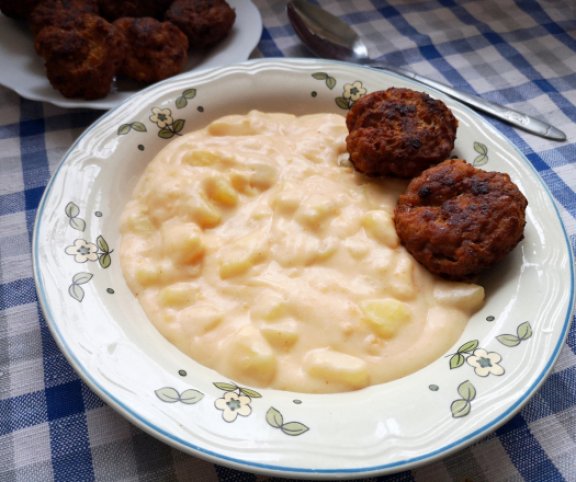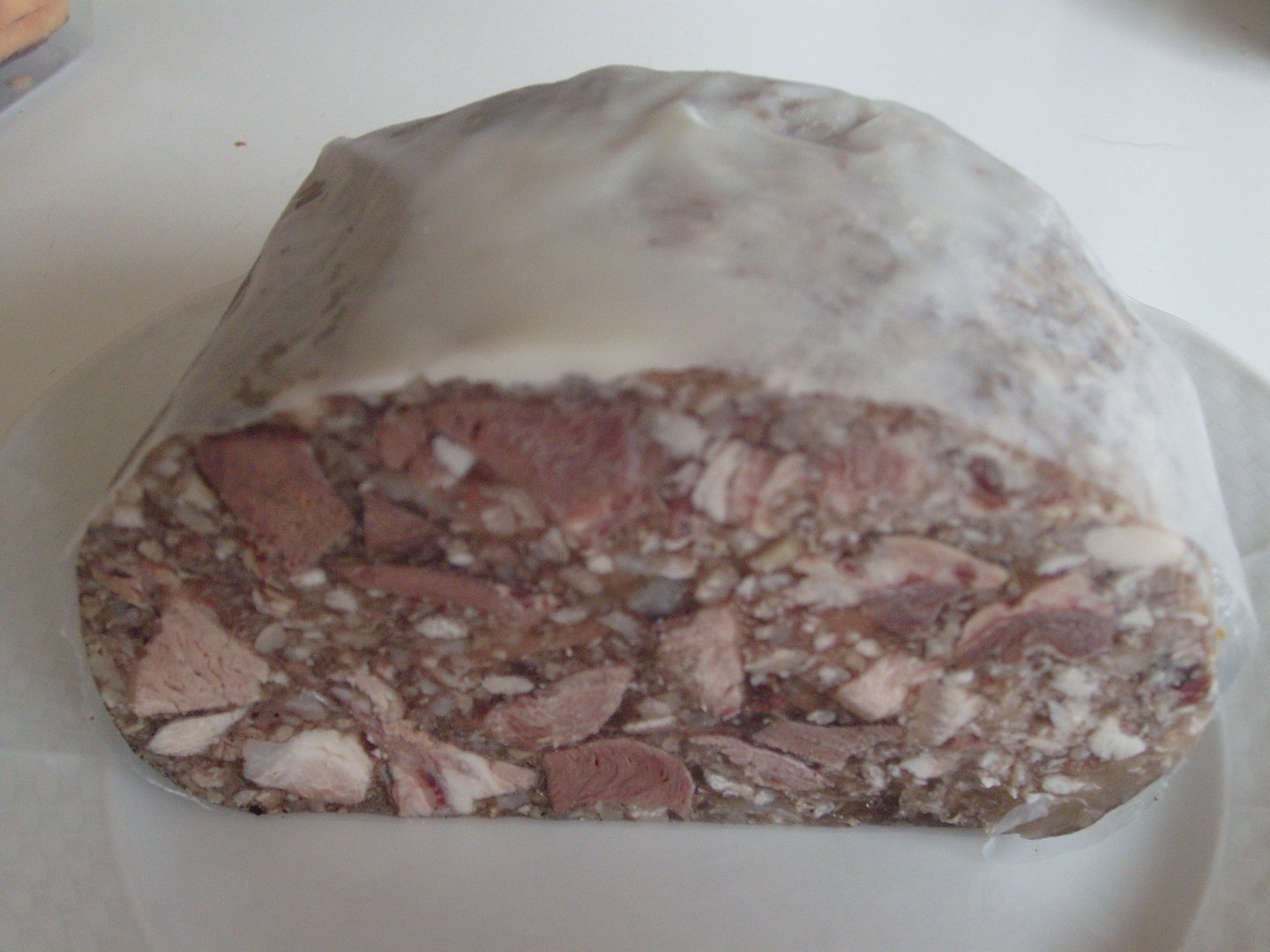5+1 weirdest Hungarian dishes

Countries worldwide often boast a wide selection of strange dishes. Hungary is no exception, as Hungarians eat some of the most unique (and often quite weird) foods in the world. From the common types of dishes to what some would find quite stomach-churning; come with us to discover what culinary oddities Hungary has to offer!
A pinch of culinary history
It is a known fact that different nations around the globe vary in their culinary attractions. This is simply due to cultural and environmental differences. Environments largely influence the way people cook and the availability of the ingredients, while traditions dictate what standards the local cuisine has. Of course, we must not forget the external history of a nation, which can also highly influence what sorts of food people eat. Let’s take a look at Hungary, for example.
Centuries ago, when the nomadic ancestors of Hungarians rode the great Carpathian plains, effortless and straightforward meals were in high demand. Later, around the 5th and 16th centuries, the people of Turkey and Italy both exerted their influence over the local cuisine, not to mention the Austro-Hungarian Empire. With the latter came an extravagant, refined, and sophisticated style of cooking. Combine all these and you get the indulgent Hungarian cuisine we know today. However, now we bring you a list of oddities and extremes, dishes you will hardly find even in traditional Hungarian restaurants.
Let’s give these specialities a try!
Főzelék

A dish that is too thick to be soup, and too thin to be considered a stew. Yes, this is the traditional Hungarian meal, főzelék. Its widespread popularity can be attributed to many factors. Most probably, people like főzelék because of just how easy it is to prepare. Főzelék can be made out of just about any legumes: peas, lentils, green or yellow beans, etc. Pumpkin and spinach főzelék are not unheard of either! If you want to try your hand at making this Hungarian speciality, here are the basics. After you chose your base legume of preference, just add water, bring it to a boil, and thicken with a roux (preferably made of flour).
- Read also: 5 Popular Túró Rudi Flavors You Must Try
Fried bologna
This entry is a simple one: bologna dipped in beaten eggs and breadcrumbs, then fried. This was a regular meal in many Hungarian school cafeterias. Due to stricter regulations on what children are allowed to be served, however, fried bologna was removed from the menu. Nowadays, grandparents around Hungary are well acquainted with this easy dish. Whether they fondly reminisce on it or have strong disdain towards is another topic of discussion. Some just find bologna to be unpalatable, with little to no meat content in each slice. At times you are left to wonder what it is even made out of.
Zúzapörkölt
This dish shows just how resourceful the Hungarian culinary scene is. The base of zúzapörkölt is, well, pörkölt: a more well-known speciality. Instead of using beef or pork, this dish is made from chicken gizzard. Do not fret, this hearty stew will surely prove satisfying. Serve it with cooked pasta or nokedli (a type of small noodle) for the most authentic experience.
Fried chicken heart
From one extraordinary ingredient to another, this next entry will surely weird some readers out. It uses another strange ingredient, chicken’s heart. It is one of the easiest meals to prepare, simply pour oil into an iron skillet with a lid, add spices, stir well, and cook over medium heat. It will release a lot of juice, let it boil. When the meat is about to be done, remove the lid and simmer on high heat, stirring it occasionally. Once the juices are about to be evaporated, cook for another minute at most, stirring it constantly. Mashed potatoes, parsley potatoes, and onion and butter potatoes make a perfect side dish.
Fried blood
This dish is also connected to the long-standing tradition of pig slaughter, something which is not exclusive to Hungary. However, festivities take centre stage at these autumn gatherings. Once a year, the whole extended family reunites to sing, dance, and drink lots of pálinka together! It is customary to use all parts of the pig in various recipes. The first part of a pig slaughter is letting all the blood out of the pig in the morning. Fried blood is usually prepared by letting the blood congeal, and then frying it with onions to be served for breakfast.
Head cheese

To end off, this dish might turn some heads. Probably the strangest Hungarian dish is disznósajt (literally from the words pig [disznó] and cheese [sajt]). It is made of any leftover part of the pig, at the end of the pig slaughter, as detailed above. Brawn is also not an exclusively Hungarian dish. Originating from Europe, it has conquered the world. However, Hungarians have a unique way to prepare this dish. The chopped meat is stuffed into the pig’s belly, akin to the Scottish haggis, pricked with needles, and then pressed down with weights to remove excess fat and make the cheese firm and compact. It is often smoked, like sausage or ham.
Source:






Why this constant ‘weird Hungarian dishes” in the DNH? ‘Főzelek’ is widely cooked and known in other parts of Europe and is often known as ‘Pottage’. Nothing Hungarian about it. Likewise, ‘Dried blood’ appears in many recipes around the world. Not Hungarian. As for ‘Bologna’ I have searched my many (professional) dictionaries and there is no translation into English from Hungarian. Bologna is a city in Italy, end of. Perhaps what is meant is ‘tripe’ or ‘offal’ – pacal vagy belsőség. ‘Pacal’ might also describe this article.
The words used to describe the gastronomic habits & culture of Hungary are insulting.
Fried bologna is one of the favourite old time foods of Newfoundland & Labrador. When people subsisted on salt dried fish or smoked fish a round of bologna was a real treat! That processed meat did not exist in Hungary as far as I am aware. Sure don’t remember ever seeing or eating it as a kid. However, a much more delicate & delicious processed meat was sold which had a similar look but not taste. Mortadella I think was the name.
I’ve always loved gizzards. Especially from soup. And Hedge Cheese. Love all of the flavours, the aspic which holds together all of the chopped spiced meat. As someone who lived off grid for 15 yrs & raised all types of animals, I know that pigs have a large amount of meat on the head, cheeks, forehead, upper neck…..In NF & Labrador they are crazy nuts about tounge & cheeks from fish! Smart people always use local in-season food items & ingredients. Shopping in large modern stores now, anything that is marked 1/2 price or 30% off is a similar tactic to make sure that your income covers your obligations, rent, mortgage, utilities, taxes, dental care, life insurance, etc which are so hard for some people to cover.